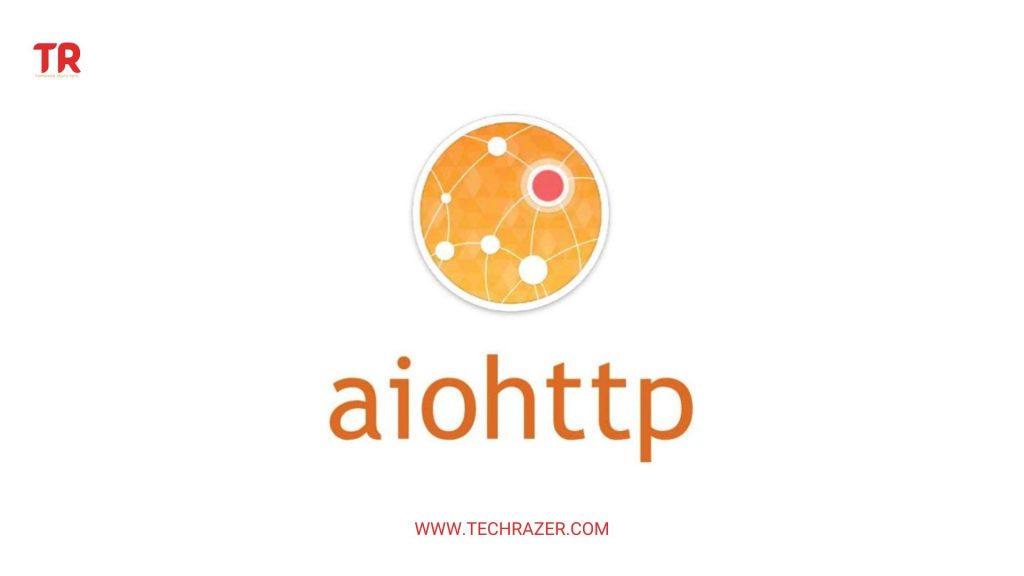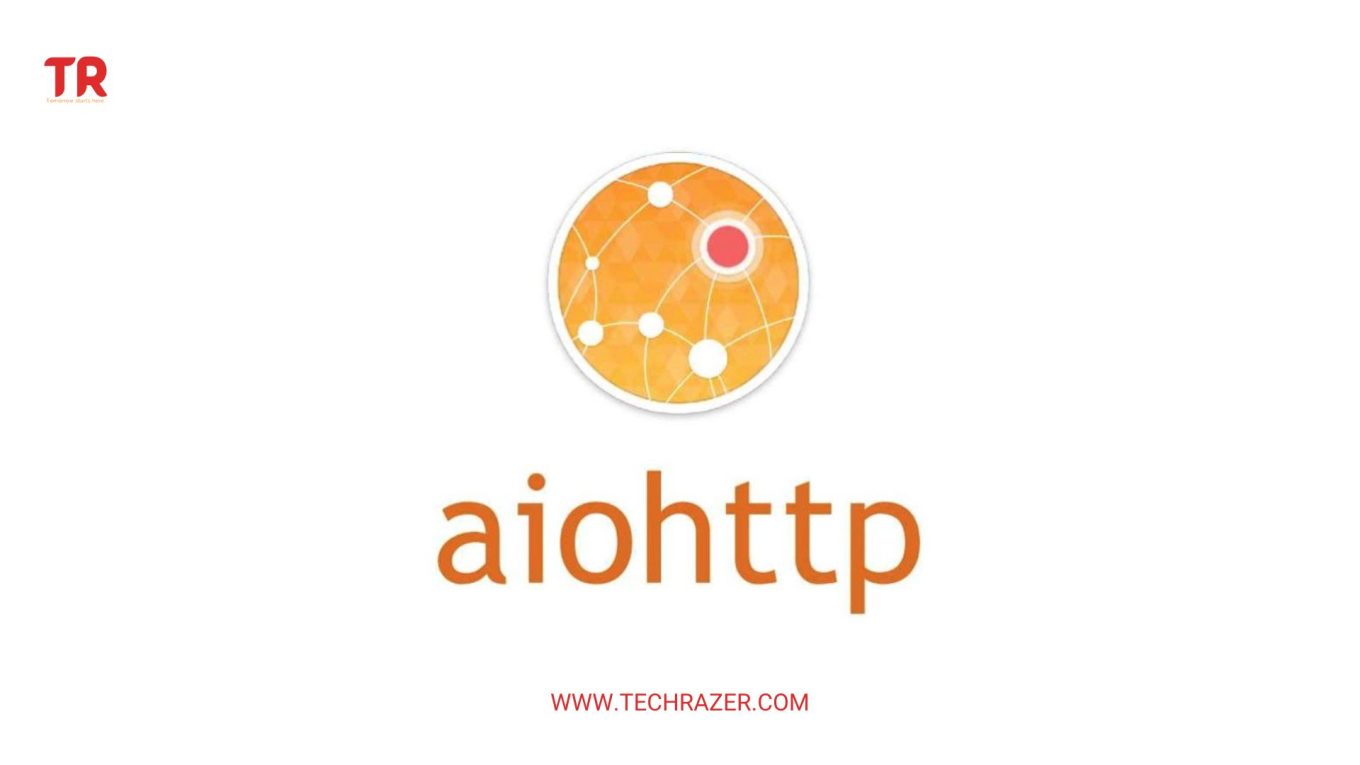Learn All You Need to Know About AIOHTTP
Table of Contents
- Introduction
- Advantages of AIOHTTP Framework
- Features of AIOHTTP Framework
- Steps for Setting Up AIOHTTP Framework
- Conclusion

Introduction
AIOHTTP is a Python-based asynchronous web framework that is designed to make web development easy, fast, and reliable. It is a lightweight framework that is built on top of the Asyncio library and enables developers to create web applications quickly and efficiently.
AIOHTTP is an asynchronous web framework that is built on top of the Asyncio library. It is designed to make web development easy, fast, and reliable. The framework is built around a client/server model, which makes it easy to create both client-side and server-side applications. It also supports a wide range of web protocols, such as HTTP, Websockets, and SSE.
AIOHTTP is designed to be highly extensible and easily integrated with other frameworks, such as Django and Flask. It supports a variety of web development tools, such as Jinja2 templates, SQLAlchemy, and Redis. It also includes a number of useful built-in features, such as authentication, routing, and session management.
AIOHTTP is built on top of the Asyncio library, which provides a powerful, asynchronous programming model. Asyncio enables developers to write code that is non-blocking and can be executed concurrently. This allows developers to write code that can handle multiple requests simultaneously, which can increase web application performance.
AIOHTTP also supports a wide range of web protocols. It supports HTTP, which is the most common protocol used in web development. It also supports Websockets, which is used for real-time communication between clients and servers. It also supports SSE, which allows for streaming data from the server to the client.
AIOHTTP is an open source project that is available for free. It is well-documented and supported by a large community of developers. It is easy to install and get started with AIOHTTP, and there are many tutorials and examples available.
AIOHTTP is designed to be fast and reliable. It is designed to be lightweight and efficient, and it is optimized for speed and performance. It is also designed to be scalable, so that it can handle high traffic and large data sets.
AIOHTTP is a great choice for developers who want to quickly and easily create web applications. It is easy to learn and use, and it supports a wide range of web protocols and features. It is also highly extensible and can be easily integrated with other frameworks. AIOHTTP is an excellent choice for web development, and it is a great way to get started with asynchronous programming.
Advantages of AIOHTTP Framework
The main advantages of the AIOHTTP framework are its asynchronous nature, scalability, compatibility with other frameworks, and flexibility.
- Asynchronous Nature
One of the main advantages of AIOHTTP is its asynchronous nature. Asynchronous programming allows different tasks to be run in parallel, which can significantly improve performance. This is especially useful for applications that need to perform a lot of I/O operations, as it allows them to do so without having to wait for the response from the server. The asynchronous programming model allows for faster response times and better utilization of system resources.
- Scalability
AIOHTTP is also highly scalable, meaning it can easily handle large amounts of traffic. This is due to its asynchronous nature, which allows it to process requests in parallel. Additionally, AIOHTTP is built on top of the asyncio library, which provides scalability and performance benefits. As a result, AIOHTTP is well-suited for applications that need to handle large numbers of concurrent requests.
- Compatibility
AIOHTTP is also highly compatible with other web frameworks. This makes it easier to integrate with existing applications and allows developers to quickly start building applications with AIOHTTP. Additionally, AIOHTTP is compatible with a wide range of databases and web servers, allowing developers to easily switch between different technologies when needed.
- Flexibility
AIOHTTP is highly flexible and customizable. It can be used for a wide range of applications, from simple web applications to complex distributed systems. Additionally, AIOHTTP supports a wide range of extensions and plugins, which allows developers to quickly add functionality to their applications. This makes AIOHTTP a great choice for developers who need to quickly build and deploy applications.
Features of AIOHTTP Framework
The following are some of the features of the AIOHTTP framework:
- Security: AIOHTTP provides a robust security layer, allowing developers to authenticate users, control access to resources, and protect against malicious requests. It also supports secure data transfer protocols such as HTTPS and TLS.
- Speed: AIOHTTP is designed to be fast. It uses asynchronous programming to minimize latency, and its built-in routing and template engines make it easy to quickly create complex applications.
- Reliability: AIOHTTP is highly reliable, with built-in support for logging, error handling, and automated testing. It also supports graceful shutdowns, allowing applications to continue running without interruption.
- Cross-Platform Support: AIOHTTP is written in Python and supports all major operating systems, including Windows, Mac OS X, and Linux. It is also compatible with most web servers, including Apache and Nginx.
- Documentation: AIOHTTP is well documented, with detailed tutorials and examples that make it easy to get started quickly.
These are just a few of the features of the AIOHTTP framework. It is a powerful tool for creating web applications and services, and its scalability, security, flexibility, speed, reliability, and cross-platform support make it an ideal choice for developers who need a powerful, yet easy-to-use, web framework.
Steps for Setting Up AIOHTTP Framework
In this section, we will look at how to set up a simple AIOHTTP web application.
Step 1: Install AIOHTTP
The first step in setting up a AIOHTTP web application is to install the AIOHTTP library. To do this, we need to open a command prompt or terminal window and enter the following command:
$ pip install aiohttpThis command will install the latest version of AIOHTTP on your system.
Step 2: Create a New Project
Once AIOHTTP is installed, we can create a new project for our web application. To do this, we will use the aiohttp-admin tool. This tool is a command-line utility that allows us to create, manage and deploy AIOHTTP web applications.
To create a new project, we need to open a command prompt or terminal window and enter the following command:
$ aiohttp-admin createReplace with the name of your project. This will create a new directory with the name of your project.
Step 3: Create the Application
Now that we have our project directory, we can create the application. To do this, open the project directory and create a file called app.py. This file will contain the code for our application.
We will start by importing the AIOHTTP library and creating an instance of the AIOHTTP web application class.
import aiohttp from aiohttp import web app = web.Application()Next, we will create a route for our application. A route is a URL pattern that the application will respond to. We will create a route for the root URL of our application. This route will define the page that will be returned when a user visits our application.
@app.route("/") async def index(request): return web.Response(text="Hello World!")This route will return a simple ‘Hello World!’ message when a user visits the root URL of our application.
Step 4: Run the Application
Now that we have our application set up, we can run it. To do this, open a command prompt or terminal window and enter the following command:
$ aiohttp-admin runThis command will start the application and make it available at http://localhost:8080. If you visit this URL in your web browser, you should see the ‘Hello World!’ message that we defined in our route.
Step 5: Deploy the Application
Now that we have our application running, we can deploy it. To do this, we will use the aiohttp-admin tool. This tool will allow us to deploy our application to a web server.
To deploy the application, open a command prompt or terminal window and enter the following command:
$ aiohttp-admin deployReplace with the name of your project. This will deploy the application to a web server.
Conclusion
In conclusion, AIOHTTP is a powerful and reliable web framework with a number of advantages. Its asynchronous nature allows for faster response times and better utilization of system resources. Additionally, its scalability, compatibility, and flexibility make it suitable for a wide range of applications. Finally, its wide range of extensions and plugins allow developers to quickly add functionality to their applications.

